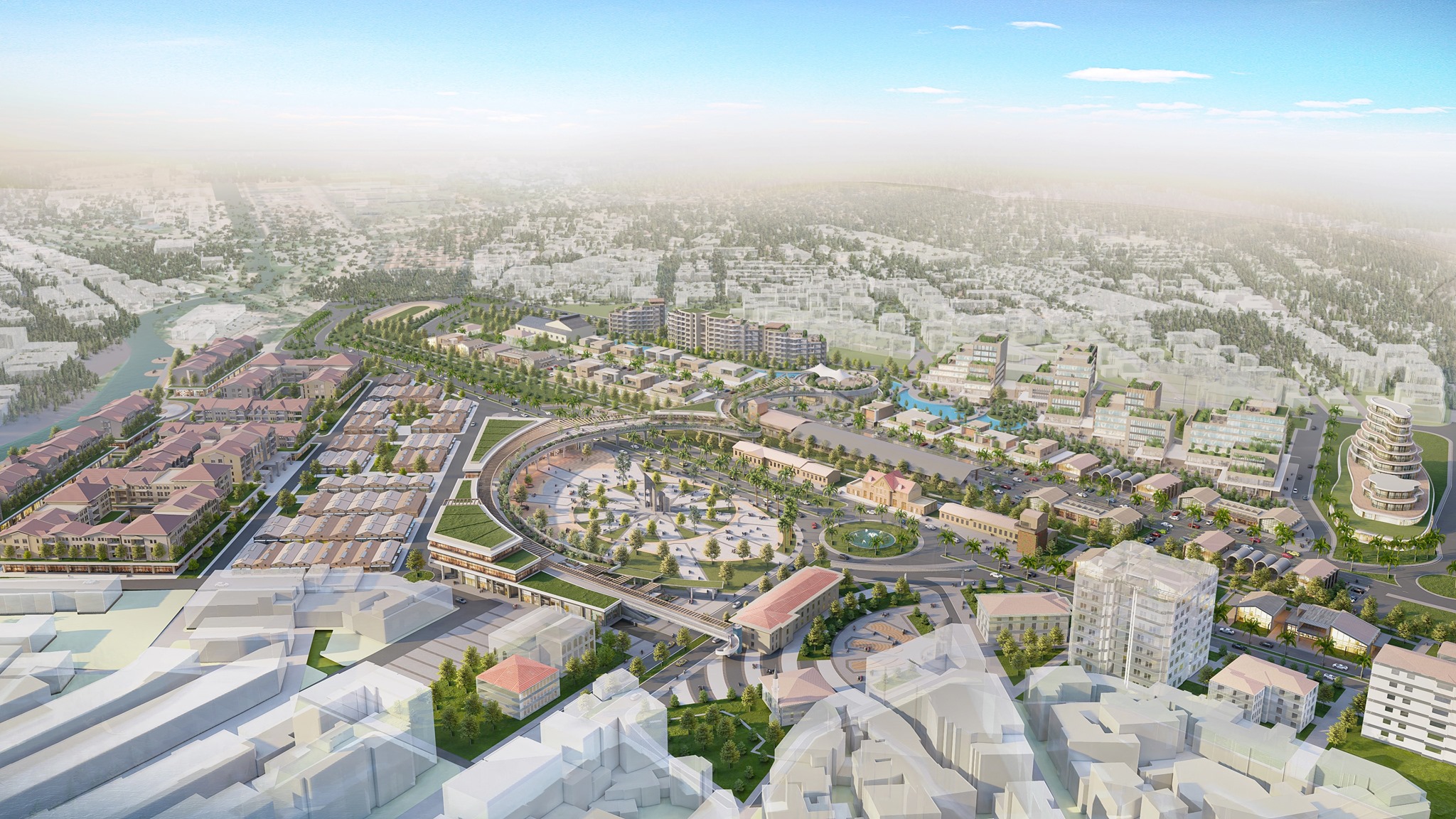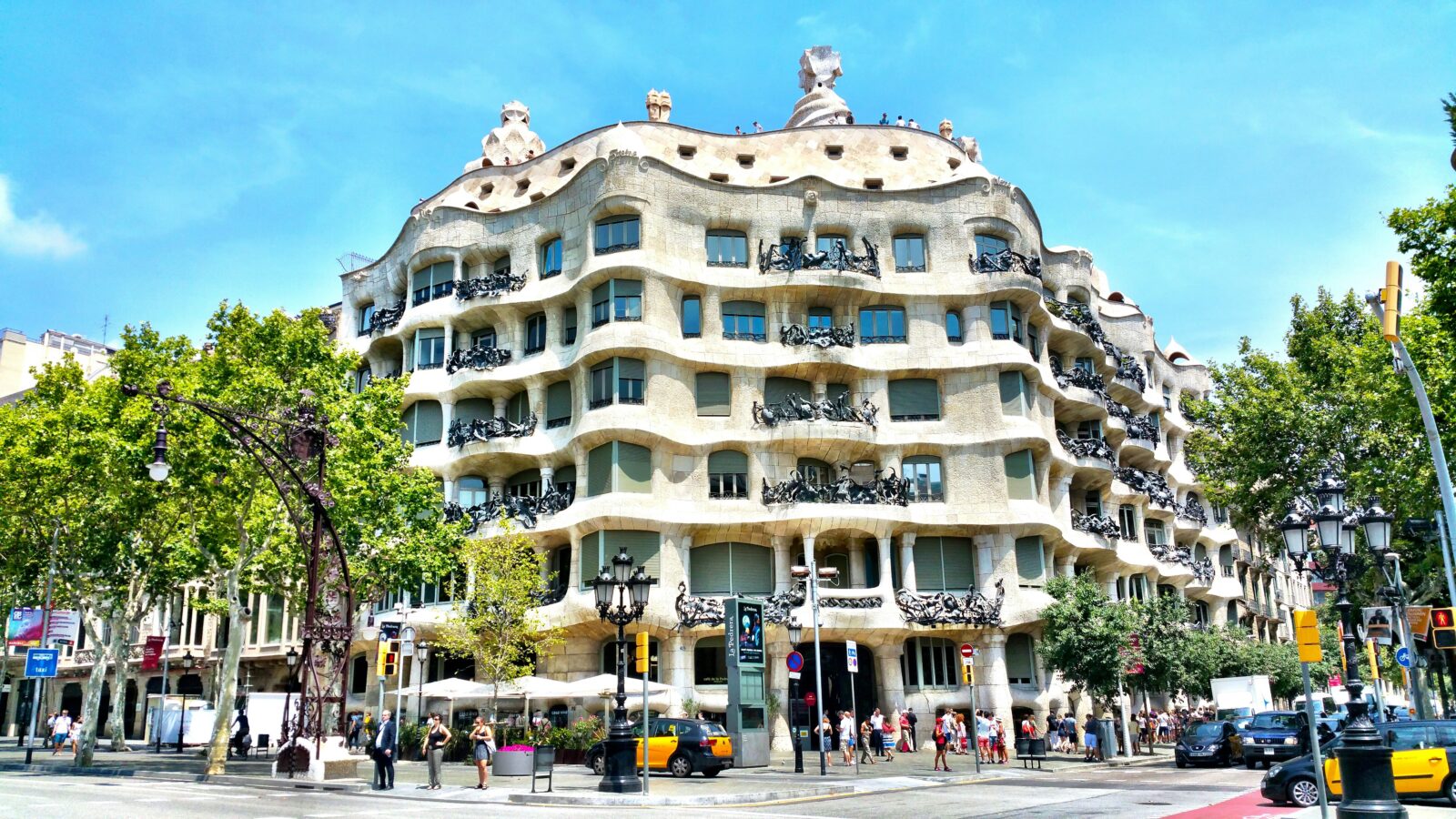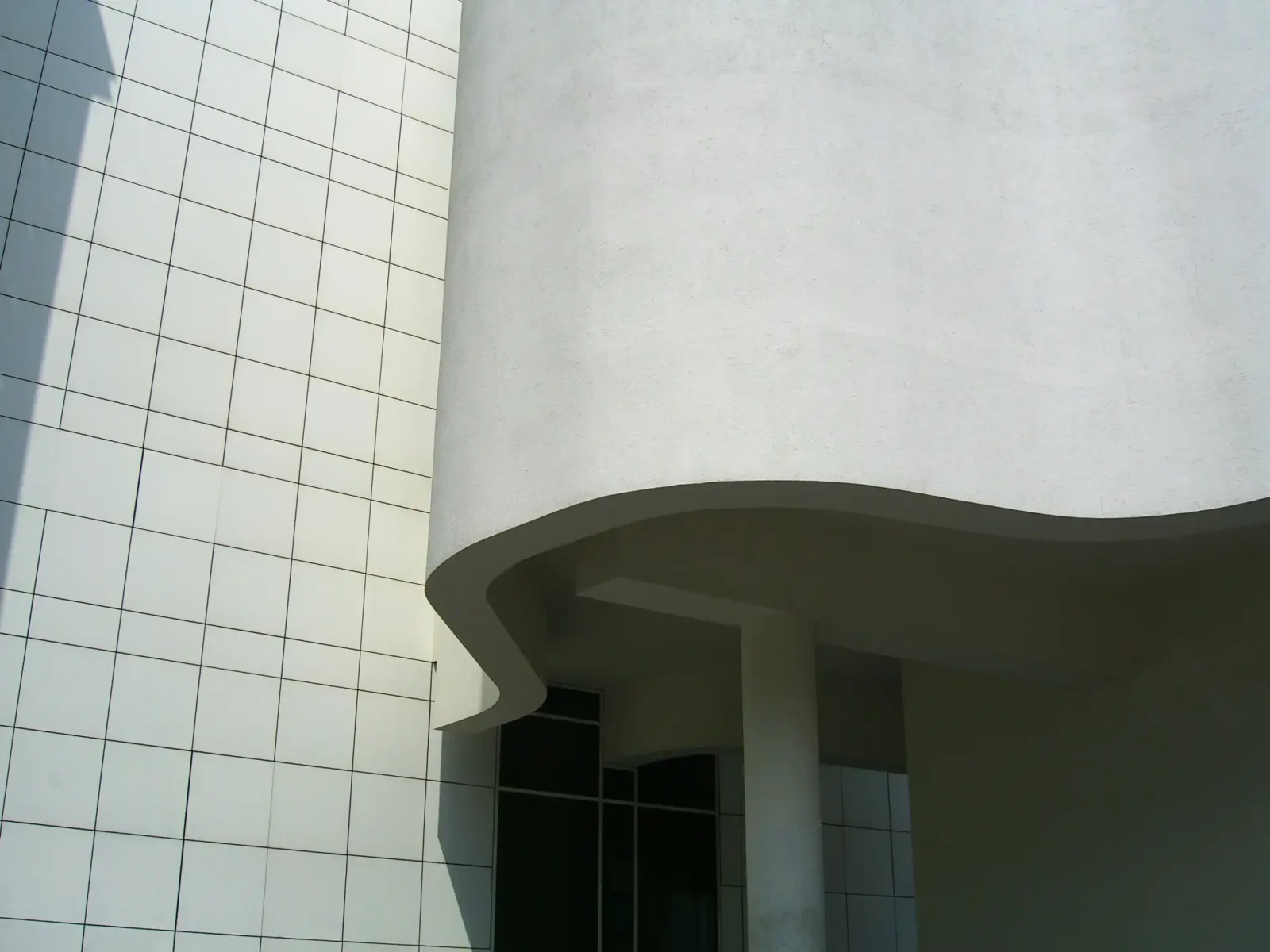- Home
- Articles
- Architectural Portfolio
- Architectral Presentation
- Inspirational Stories
- Architecture News
- Visualization
- BIM Industry
- Facade Design
- Parametric Design
- Career
- Landscape Architecture
- Construction
- Artificial Intelligence
- Sketching
- Design Softwares
- Diagrams
- Writing
- Architectural Tips
- Sustainability
- Courses
- Concept
- Technology
- History & Heritage
- Future of Architecture
- Guides & How-To
- Art & Culture
- Projects
- Interior Design
- Competitions
- Jobs
- Store
- Tools
- More
- Home
- Articles
- Architectural Portfolio
- Architectral Presentation
- Inspirational Stories
- Architecture News
- Visualization
- BIM Industry
- Facade Design
- Parametric Design
- Career
- Landscape Architecture
- Construction
- Artificial Intelligence
- Sketching
- Design Softwares
- Diagrams
- Writing
- Architectural Tips
- Sustainability
- Courses
- Concept
- Technology
- History & Heritage
- Future of Architecture
- Guides & How-To
- Art & Culture
- Projects
- Interior Design
- Competitions
- Jobs
- Store
- Tools
- More
Aesthetic Oppositions in Architectural Design: Exploring Contrasts that Shape Our Built Environment
Explore the fascinating world of aesthetic oppositions in architectural design, where contrasts like minimalism and historical intricacies create a rich dialogue. This article delves into how light and shadow, simplicity and complexity, and organic versus geometric forms enhance visual appeal and reflect cultural narratives.

In the world of architecture, aesthetic oppositions create a dynamic dialogue that shapes our built environment. From the stark contrasts of modern minimalism to the intricate details of historical styles, these opposing elements invite us to explore the deeper meanings behind design choices. We often find ourselves captivated by how light and shadow, simplicity and complexity, or organic forms and geometric lines interact to evoke emotion and provoke thought.
As we delve into the fascinating realm of architectural design, we’ll uncover how these contrasts not only enhance visual appeal but also reflect cultural narratives and societal values. By examining the interplay of opposing aesthetics, we gain insight into the creative processes that drive architects to challenge conventions and push boundaries. Join us as we explore the rich tapestry of aesthetic oppositions that define our architectural landscape.

Table of Contents
ToggleOverview of Aesthetic Oppositions
Aesthetic oppositions in architectural design create a rich tapestry of visual narratives. These contrasts, like modern minimalism and historical intricacies, spark dialogues that shape our perception of space.

Key Examples of Aesthetic Oppositions:
- Light and Shadow: The interplay between light and shadow enhances depth and dimension. Buildings with large windows create open, airy spaces, while structures with deep overhangs generate dramatic shadow play that evokes emotions.
- Simplicity and Complexity: Simple forms often convey elegance, while complex designs provoke interest. A minimalist facade juxtaposed with intricate interiors illustrates how different design philosophies can coexist, emphasizing functionality and artistry.
- Organic and Geometric Forms: Organic shapes mimic nature and promote fluidity, while geometric forms offer structure and order. Incorporating both is common in contemporary architecture, creating environments that resonate with human experience.
Cultural Reflections: Aesthetic oppositions also reflect cultural narratives and values. Historical references in modern designs highlight a sense of continuity, bridging past and present. These contrasts invite dialogue and influence architectural innovation, encouraging us to explore beyond established norms.
Exploring these aesthetic oppositions deepens our understanding of architecture, revealing how contrasting elements foster creativity and challenge conventional boundaries.
Historical Context
Aesthetic oppositions in architectural design have roots in various historical art movements and architectural styles. Understanding these influences allows us to appreciate the complexity and richness of contemporary architecture.

Influences from Art Movements
Modern architecture often draws inspiration from a variety of art movements, including:
- Rationalism: Emphasizes logic and functionality, creating structures that contrast with ornate designs.
- Romanticism: Incorporates emotional expressions and organic forms, challenging rationalist approaches with a focus on individuality.
- Minimalism: Celebrates simplicity, stripping away excess to reveal fundamental shapes, often in opposition to elaborate historical styles.
- Postmodernism: Blends historical references with contemporary elements, creating a dialogue between past and present aesthetics.
By integrating these influences, architects create a dynamic interplay between contrasting design principles.
Key Architectural Examples
Several architectural masterpieces exemplify aesthetic oppositions, showcasing the dialogue between different styles:
- Villa Savoye by Le Corbusier: Represents modernist minimalism with its clean lines and open spaces, juxtaposed against traditional forms.
- The Guggenheim Museum by Frank Lloyd Wright: Blends organic shapes with geometric precision, creating an emotional resonance while maintaining structural integrity.
- Barcelona Pavilion by Mies van der Rohe: Showcases the harmony of simplicity and complexity through its use of materials, establishing a conversation between space and form.
- The Louvre Pyramid by I.M. Pei: Merges modern glass structures with a historic palace, creating a striking contrast that highlights both designs.
These examples illustrate how architects employ aesthetic oppositions to challenge norms, reflect cultural narratives, and encourage innovative approaches in our built environment.
Theoretical Framework
Aesthetic oppositions in architectural design encompass a range of contrasting elements that shape our interactions with space. Understanding these oppositions through a theoretical framework enhances our appreciation of their significance in architecture.

Defining Aesthetic Oppositions
Aesthetic oppositions refer to the intentional clash of contrasting design elements that create tension and engagement in architecture. This includes opposing attributes such as light versus shadow, simplicity versus complexity, and organic versus geometric forms. Each element serves a distinct purpose; for instance, light and shadow add depth and evoke emotional responses, while the juxtaposition of simple and complex forms emphasizes both functionality and artistic expression. Such oppositions invite us to experience spaces in diverse ways, encouraging a deeper exploration of architectural narratives.
Philosophical Underpinnings
The philosophical basis for aesthetic oppositions draws from various artistic and architectural movements. Rationalism emphasizes order and logic, while Romanticism focuses on emotional depth and individual expression. Minimalism promotes simplicity, contrasting with Postmodernism’s eclectic and often contradictory aesthetic. These underlying philosophies challenge us to rethink conventional approaches to design, advocating for the inclusion of multiple perspectives and values in architectural practice. By acknowledging these philosophical influences, we can better understand how architects utilize aesthetic oppositions to push boundaries and redefine cultural narratives within the built environment.
Case Studies
We explore prominent case studies that exemplify aesthetic oppositions in architectural design. These examples illustrate how contrasting design elements create engaging visual narratives.

Modernist vs. Postmodernist Design
Modernist architecture emphasizes functionality, clean lines, and minimal ornamentation. Structures like Villa Savoye designed by Le Corbusier demonstrate this approach through open floor plans and glass facades, promoting a seamless interaction with the surrounding landscape. In contrast, postmodernist design, seen in the Guggenheim Museum by Frank Gehry, embraces eclectic forms, vibrant colors, and historical references. This shift reflects a departure from strict functionality, allowing for playful experimentation and cultural commentary. By balancing these opposing styles, architects enrich the visual and experiential context of our environments.
Minimalism vs. Maximalism
Minimalism focuses on simplicity, prioritizing space, light, and materials with little ornamentation. The Barcelona Pavilion, created by Mies van der Rohe, integrates sleek lines and open areas, fostering a calm atmosphere. Conversely, maximalism celebrates complexity, vivid patterns, and intricate details, as evidenced by the design of the Museum of Contemporary Art in Chicago. Here, layers of texture and color create dynamic interactions with light and shadow. By leveraging the tension between minimalism and maximalism, these architectural examples cultivate diverse expressions that resonate with human experiences and cultural narratives.
Implications for Contemporary Architecture
Aesthetic oppositions impact contemporary architecture significantly. These contrasts create visual tension that captivates audiences, fostering deeper engagement with built forms. For example, the interplay between light and shadow highlights architectural features, enhancing spatial awareness and emotional resonance. This duality shapes our experiences within these spaces, influencing both comfort and aesthetic appreciation.

Architects utilize simplicity and complexity to address functional requirements while expressing artistic intent. Simple forms often provide clarity and utility, while complex elements introduce layers of meaning and interest. This combination can result in structures that are not only visually striking but also purposeful in their use, reflecting the diverse needs of modern society.
Organic and geometric forms frequently coexist in contemporary designs, reflecting nature while adhering to structural integrity. These opposing aesthetics allow architects to create environments that harmonize with both human and natural elements. Structures that blend these forms, like the Eden Project in the UK, embody the relationship between built environments and the natural world, emphasizing sustainability alongside innovation.
Cultural narratives and societal values manifest through architectural contrasts. By integrating historical references with modern design, architects bridge the past and the present, creating spaces that resonate with collective identities. For instance, the design of the National Museum of African American History and Culture in Washington, D.C. embodies cultural significance through its thoughtful integration of opposing architectural elements.
The evolution of aesthetic oppositions continues to influence architectural practices today. Movements such as Deconstructivism challenge traditional forms and functionality, encouraging architects to explore new possibilities through contradictions in design. As architects embrace these concepts, they cultivate an environment for innovation, contributing to a vibrant architectural discourse that shapes our urban landscapes.
Overall, embracing aesthetic oppositions in contemporary architecture enhances visual appeal, reflects cultural narratives, and fosters creativity, pushing the boundaries of design to create meaningful built environments.
Conclusion
We observe that aesthetic oppositions in architectural design play a crucial role in shaping our built environment. Contrasting elements, such as modern minimalism and historical intricacies, create dynamic dialogues that evoke emotions and stimulate thought. The interplay of light and shadow introduces depth, while the coexistence of simplicity and complexity adds layers of meaning in design.
We recognize that organic forms, which draw inspiration from nature, often complement geometric structures to create harmonious spaces. This integration reflects both cultural narratives and societal values, showcasing how designs bridge historical references with contemporary aesthetics.
We also highlight that aesthetic oppositions can be traced to various influential art movements and architectural styles, including Rationalism, Romanticism, Minimalism, and Postmodernism. These movements illustrate the evolving nature of architectural practice and encourage us to challenge norms.
Furthermore, our exploration of prominent case studies emphasizes how these aesthetic contrasts are employed in architectural masterpieces, inviting deeper engagement with their visual narratives. Structures like Villa Savoye and the Guggenheim Museum exemplify how contrasting elements cultivate unique identities within our architecture.
We note the implications of aesthetic oppositions for contemporary architecture, where these contrasts create visual tension and emotional resonance. This dialogue between various forms showcases the importance of incorporating diverse perspectives in design, ultimately pushing the boundaries of architecture and enhancing the richness of our environments.
- aesthetic architecture ideas
- aesthetic architecture trends
- aesthetic oppositions in architecture
- Architectural Aesthetics
- architectural design contrasts
- architectural design strategies
- architecture contrasting elements
- architecture design philosophy
- architecture visual contrasts
- building design contrasts
- built environment design
- contrasting architecture styles
- contrasting design elements
- designing architectural oppositions
- oppositional architecture
I create and manage digital content for architecture-focused platforms, specializing in blog writing, short-form video editing, visual content production, and social media coordination. With a strong background in project and team management, I bring structure and creativity to every stage of content production. My skills in marketing, visual design, and strategic planning enable me to deliver impactful, brand-aligned results.
Submit your architectural projects
Follow these steps for submission your project. Submission FormLatest Posts
The Ultimate Guide to Fencing in North Dakota: Choosing the Best Fence for Your Property
Watching a chain link fence twist in 70 mph winds near Minot...
Gaudí: Where Architecture Meets Science
Gaudí: Where Architecture Meets Science shows catenary arches, ruled surfaces, and biomimicry...
How Housing Market Forces Shape Architectural Design Today
Architecture never exists in isolation. Buildings rise from a mix of ambition,...
Why Portable Formaldehyde Gas Detectors Matter on Construction Sites
As construction practices shift toward more enclosed and material-intensive environments, the risk...












Leave a comment